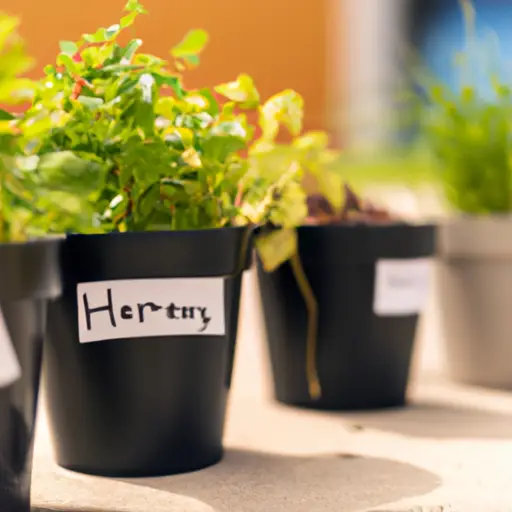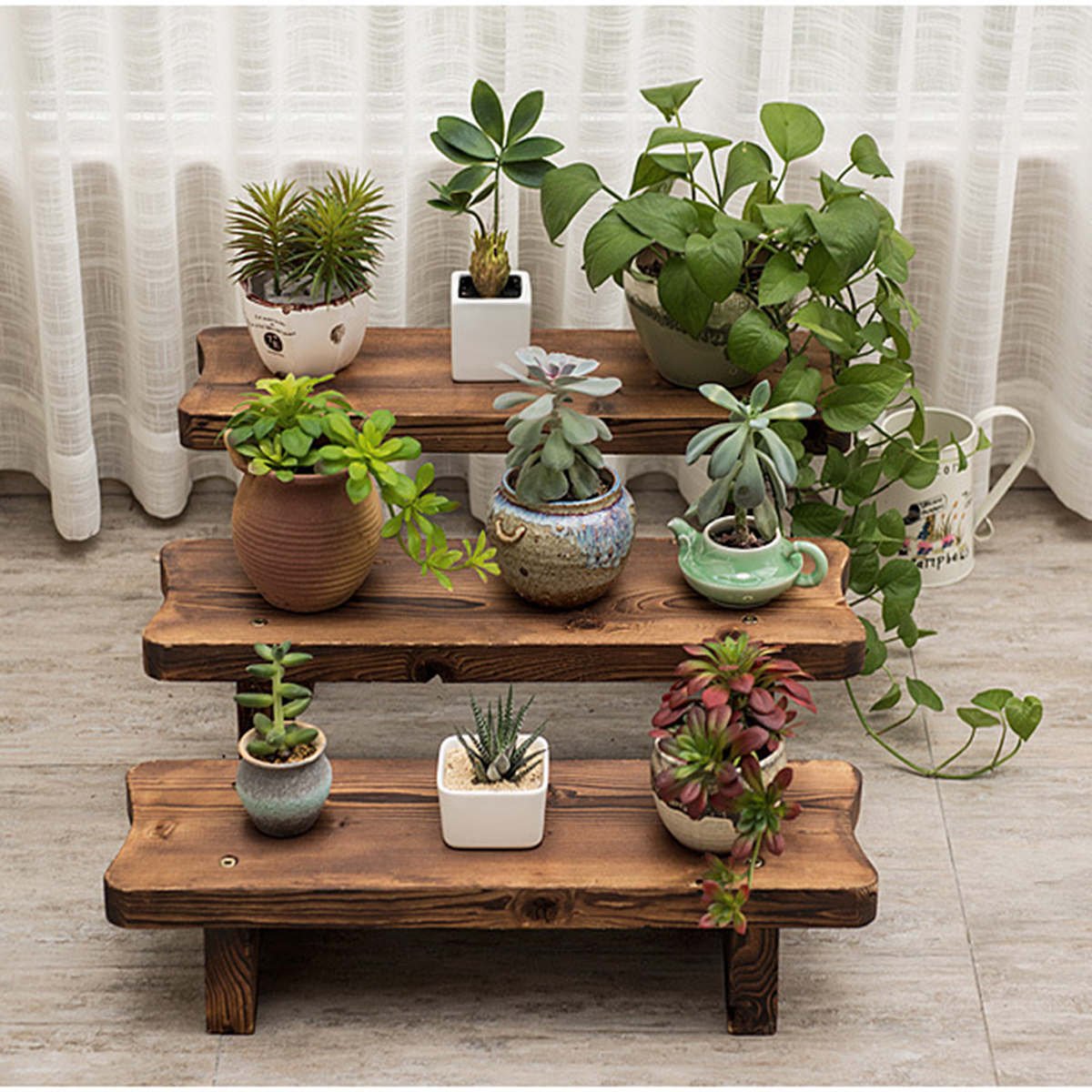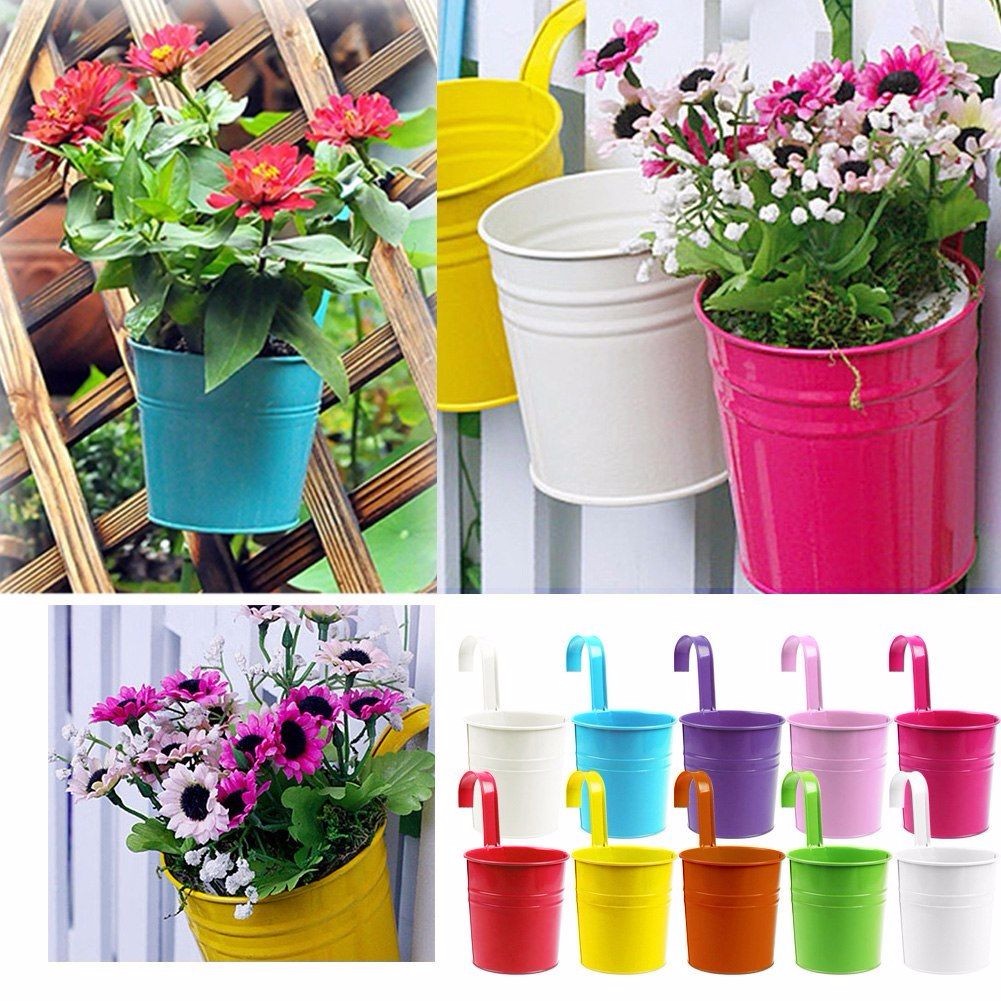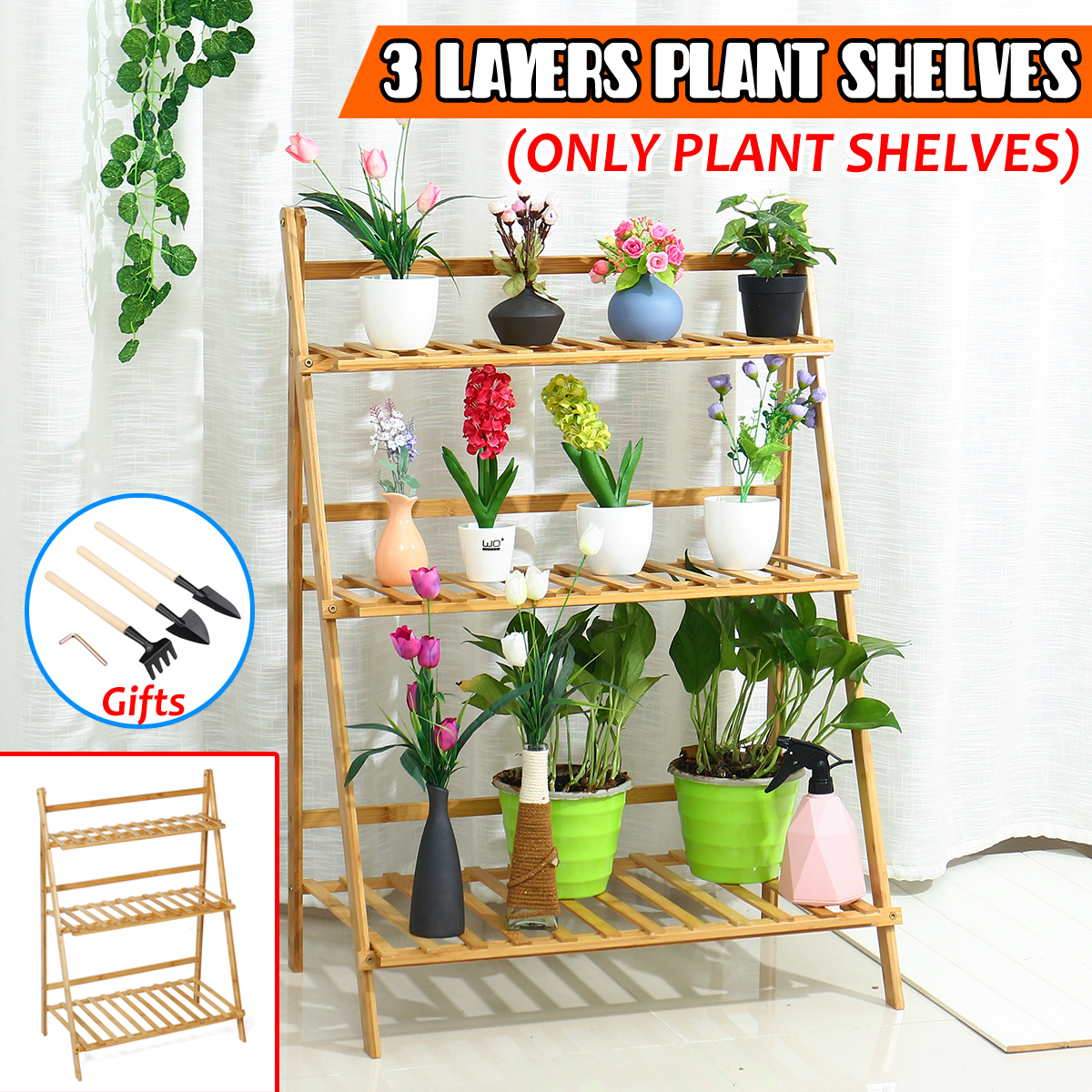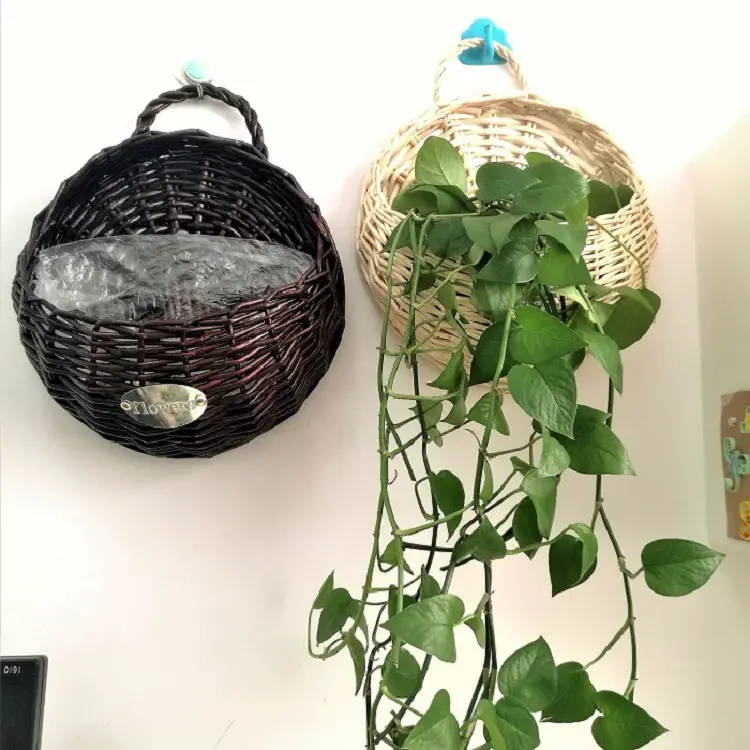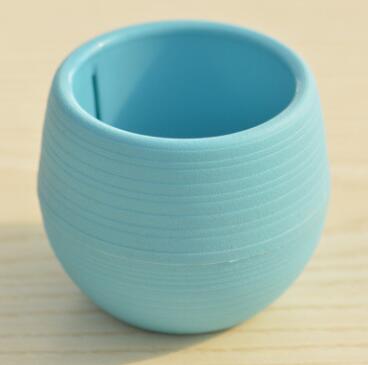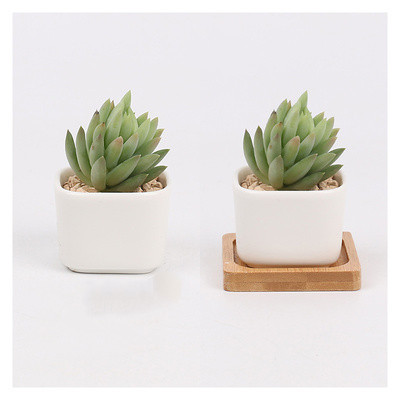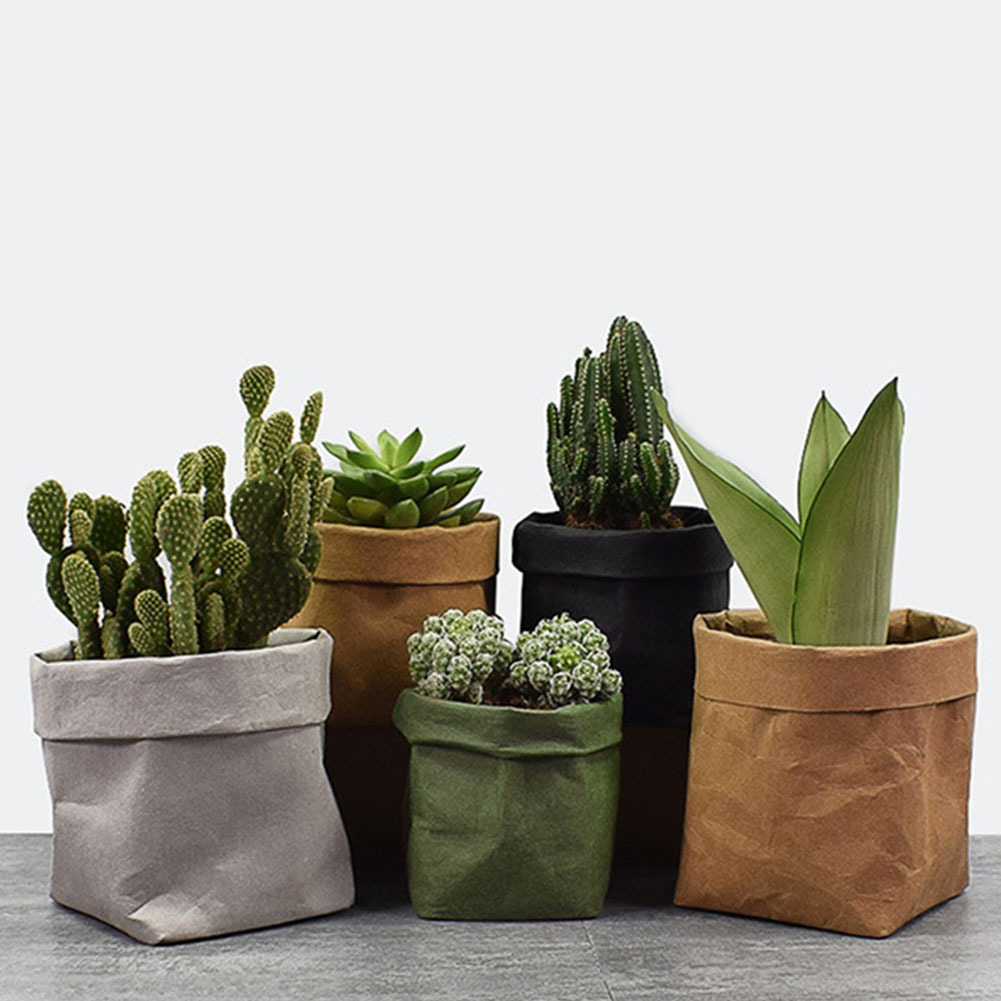How to Grow Fresh Herbs in Containers All Year Round
Fresh herbs are a delightful addition to any dish, but it’s not always easy to find them in the supermarket. However, with a little effort and creativity, you can grow your own fresh herbs in containers all year round. Whether you have limited outdoor space or live in an apartment, container gardening is a fantastic solution that allows you to enjoy the taste and aroma of fresh herbs whenever you need them.
Choosing the Right Containers
The first step in growing fresh herbs all year round is selecting the right containers. While traditional clay pots may be appealing, they tend to dry out quickly and can crack during freezing temperatures. Instead, opt for plastic or fiberglass containers that are both lightweight and durable. Additionally, make sure your containers have drainage holes at the bottom to prevent waterlogged roots.
Selecting the Perfect Location
Picking the perfect location for your herb garden is crucial for its success. Most herbs prefer full sun, meaning they should receive at least six hours of direct sunlight each day. If you don’t have access to a sunny outdoor area, consider placing your containers near south-facing windows or using artificial grow lights indoors. Remember to rotate your plants every few days if they’re not getting equal exposure on all sides.
Choosing the Right Herbs
When it comes to selecting which herbs to grow, choose ones that you commonly use in your cooking or those with significant health benefits. Popular choices include basil, mint, cilantro, parsley, rosemary, thyme, oregano, and sage. While these herbs are relatively easy to grow and maintain, it’s essential to consider their growth habits before planting them together. Some herbs thrive in moist soil while others prefer drier conditions.
Preparing the Soil
Herbs generally prefer well-draining soil with a pH between 6 and 7. A good quality potting mix enriched with compost or organic matter is ideal. You can also add perlite or sand to improve drainage. Fill your containers almost to the top, leaving enough space for proper irrigation. Avoid using garden soil as it can be too heavy and may contain pests or diseases.
Planting and Maintaining Your Herbs
Now that you have your containers ready, it’s time to plant your herbs. Start by gently loosening the roots of the herb plants before placing them into the soil. Make sure to space them according to their mature size to prevent overcrowding. After planting, water your herbs thoroughly, allowing any excess water to drain out of the container.
Proper watering is essential for healthy herb growth. Herbs generally prefer slightly moist soil, so water them when the top inch of soil feels dry. Be cautious not to overwater as this can cause root rot. Regularly check the moisture level by sticking your finger into the soil; if it feels dry, it’s time to water.
Fertilizing is another crucial aspect of maintaining healthy herbs throughout the year. Use a balanced organic fertilizer once a month during the growing season (usually spring through fall). Follow the instructions on the fertilizer package for proper application and dosage.
Pruning and Harvesting
To keep your herbs thriving and bushy, regular pruning is necessary. Pinch off any dead or yellow leaves and trim leggy stems to promote new growth. Pruning also prevents your herbs from flowering too early or becoming woody.
Harvesting should be done in a gentle manner so as not to damage the plants. For most herbs, you can start harvesting when they reach approximately six inches in height by cutting off no more than one-third of each stem. Remember that frequent harvesting encourages new growth.
Overwintering Your Herbs
If you live in an area with harsh winters, you’ll need a plan for overwintering your herbs indoors. Before bringing them inside, check for any pests or diseases and treat them accordingly. Choose a sunny location in your home, or use grow lights if needed. Reduce watering and fertilization during the winter months, as herbs enter a period of dormancy and require less nutrients.
Conclusion
Growing fresh herbs in containers all year round is an enjoyable and rewarding experience. With proper planning, selecting the right herbs, providing adequate care, and ensuring a suitable growing environment, you can enjoy the taste and fragrance of your own homegrown herbs regardless of the season. So go ahead and start your herb garden today – your culinary creations will never be the same!


